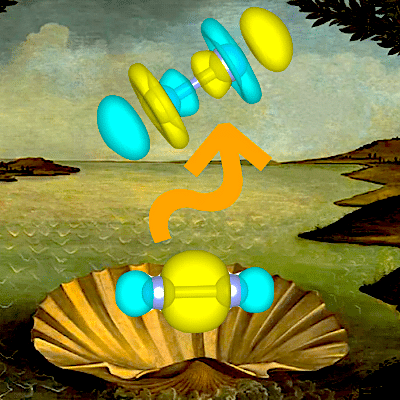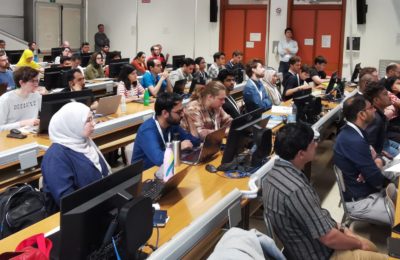A recent study by Stefano Pittalis from Cnr Nano and Tim Gould from the Queensland Micro- and Nanotechnology Centre, Griffith University, introduces an innovative approach to modeling excited states in materials. Published in the prestigious journal PRX, this advancement holds promise for improving the predictive power of computational methods in materials science, with potential implications for energy-efficient technologies like photovoltaics.
Understanding Light-Matter Interactions
At the core of the research is the exchange of energy mediated by quantum states of matter. Computational tools based on Density Functional Theory (DFT), have been pivotal in exploring the quantum states of advanced materials, but DFT is traditionally limited to the study of ground states— i.e., the lowest-energy states. To overcome this, researchers worldwide are working to extend DFT methodologies to higher-energy states, an effort that is crucial for a deeper understanding of material properties.
The Key Result: A Local Density Approximation for Excited States
Building on the foundational concept of the homogeneous electron gas (HEG), which underpins DFT’s effectiveness, this study introduces the eLDA (ensemble Local Density Approximation). This novel approach identifies a previously overlooked class of excited states in the HEG and uses them to model excitations in real materials. By extending the reach of DFT to excited states, eLDA lays the groundwork for more accurate simulations and better insights into material behavior.
Potential Applications: Towards Predictive Material Design
The introduction of eLDA opens new possibilities for designing materials with specific properties and optimizing processes for technologies like solar energy conversion. Just as the original LDA was a starting point for refining approximations for studying ground states, eLDA could serve as a foundation for improved modeling of excited states, bringing us closer to reliable and computationally affordable tools for predicting material excitations.
Collaboration and Innovation
This breakthrough was achieved through advanced quantum mechanics, mathematical derivations, software implementation, and computational simulations. The research is part of an ongoing collaborative effort between Cnr Nano and Tim Gould from the Queensland Micro- and Nanotechnology Centre, Griffith University, Australia.
By addressing long-standing limitations in DFT with the eLDA, this study not only advances computational science but also paves the way for transformative applications in materials research and beyond.
Original article: Local Density Approximation for Excited States, Tim Gould and Stefano Pittalis, Phys. Rev. X 14, 041045, DOI: https://doi.org/10.1103/PhysRevX.14.041045



